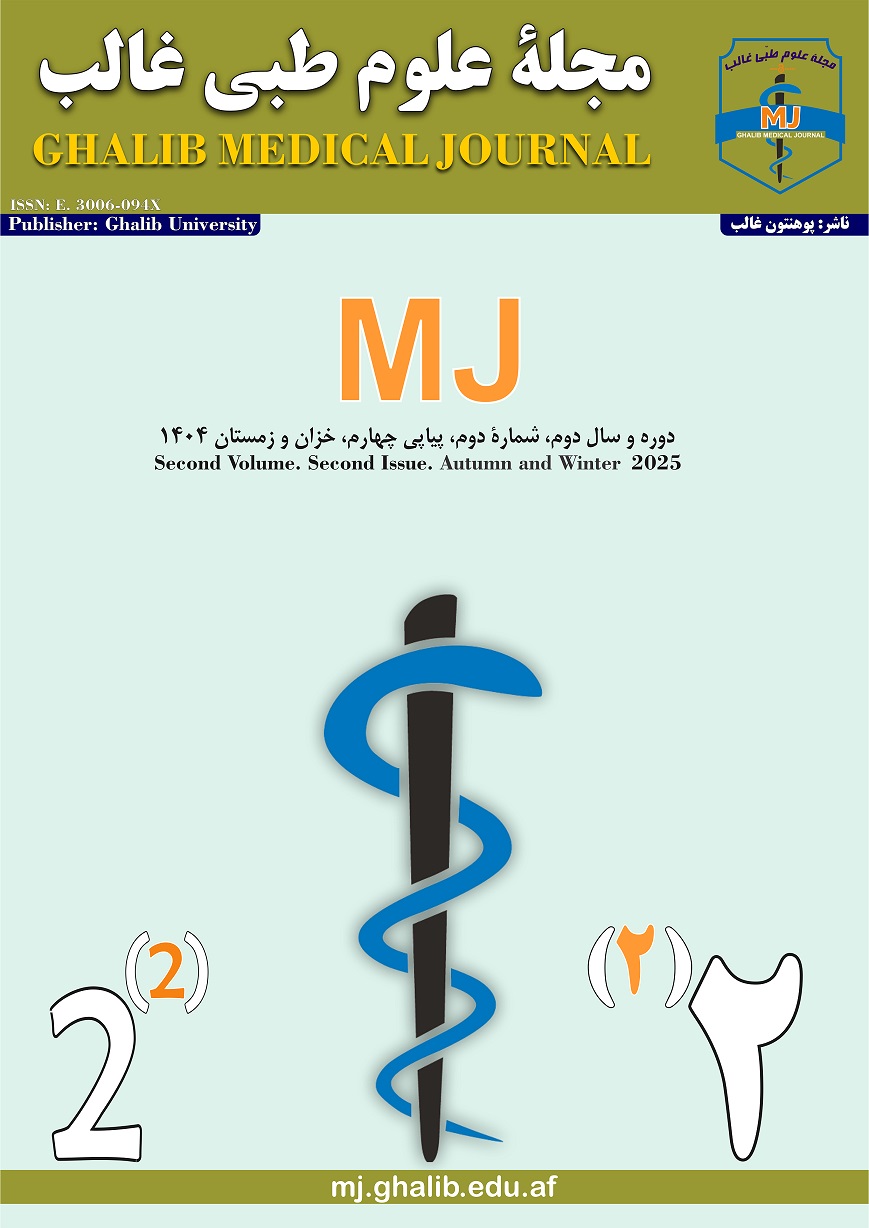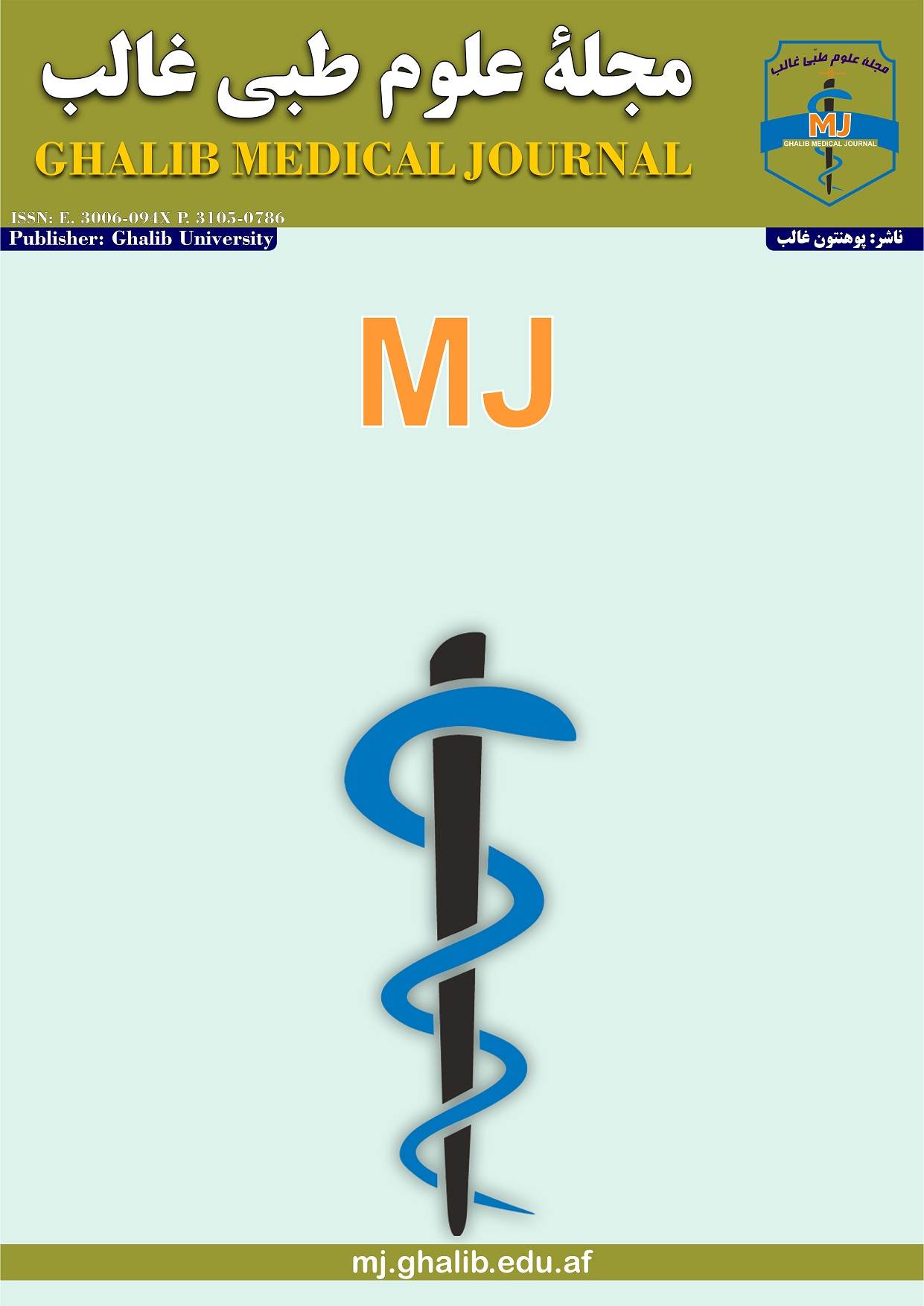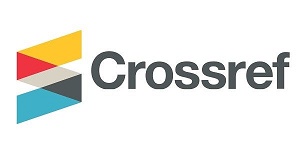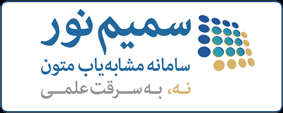تأثیر فعالیت بدنی بر حافظۀ کاری محصلان پسر پوهنحی تعلیم و تربیه پوهنتون هرات
DOI::
https://doi.org/10.58342/ghalibMj.V.2.I.2.8واژهگانِ کلیدی:
کارکردهایی اجرایی، حافظۀ کاری، فعالیت بدنیچکیده
زمینه و هدف: یکی از بخشهای مهم کارکردهای اجرایی، حافظه ای کاری است. حافظهای کاری و وظایف مرتبط با آن توسط قشر پیشپیشانی و قشر پیشانی مغز کنترل میشوند. تحقیقات نشان داده است که فعالیت بدنی، کارکردهای اجرایی مغز، خصوصاً عملکرد حافظهای کاری را افزایش میدهد. تحقیق حاضر به بررسی تأثیر فعالیت بدنی بر حافظهای کاری محصلان پسر پوهنحی تعلیم و تربیه پوهنتون هرات میپردازد.
روش بررسی: در این مطالعه با استفاده از آزمون حافظهای کاری اِن-بک (N-back 2) 45 نفر افراد فعال و 57 نفر افراد غیر فعال محصلان پسر دورهای لیسانس پوهنحی تعلیم و تربیه مورد آزمون قرار گرفتند. دادهها با استفاده از spss نسخهای 26 مورد تجزیه و تحلیل قرار گرفتند.
یافتهها: تحقیق حاضر تفاوت معناداری را در افراد فعال و غیرفعال در آزمون حافظهای کاری نشان داد .(p≤0.05)افرادی که فعالیت بدنی داشتند نسبت به افرادی که فعالیت بدنی نداشتند، عملکرد بهتر در حافظهای کاری از خود نشان دادند.
نتیجهگیری: داشتن فعالیت بدنی منظم تأثیر بیشتری در افزایش حافظهای کاری محصلان پسر دورهای لیسانس دارد؛ بنابراین پیشنهاد میشود که افراد بهخاطر بهتر شدن حافظهای کاری خود حداقل سه تا پنج جلسه در هفته فعالیت بدنی منظم داشته باشند.
مراجع
Quílez-Robres A, Moyano N, Cortés-Pascual A. Task Monitoring and Working Memory as Executive Components Predictive of General and Specific Academic Achievements in 6–9-Year-Old Children. Int J Environ Res Public Health. 2021;18(13):6681: https://doi. 10.3390/ijerph18136681
Baddeley A, Jarrold C. Working memory and Down syndrome. J Intellect Disabil Res. 2007;51(12):925–31: https//doi: 10.1111/j.1365-2788.2007.00979.x
Nyberg L, Forkstam C, Petersson KM, Cabeza R, Ingvar M. Brain imaging of human memory systems: between-systems similarities and within-system differences. Cogn Brain Res. 2002;13(2):281–92: https://doi: 10.1016/s0926-6410(02)00052-6
Conway ARA, Kane MJ, Bunting MF, Hambrick DZ, Wilhelm O, Engle RW. Working memory span tasks: A methodological review and user’s guide. Psychon Bull Rev. 2005;12:769–86: https://doi: 10.3758/bf03196772
Baddeley AD. Is working memory still working? Am Psychol. 2001;56(11):851: https://doi.: 10.1037/0003-066x.56.11.851
Denckla MB. ADHD: topic update. Brain Dev. 2003;25(6):383–9: https:// doi: 10.1016/s0387-7604(03)00057-3
Koch P, Krenn B. Executive functions in elite athletes–Comparing open-skill and closed-skill sports and considering the role of athletes’ past involvement in both sport categories. Psychol Sport Exerc. 2021;55:101925: https://doi.org/10.1016/j.psychsport.2021.101925
Bull FC, Al-Ansari SS, Biddle S, Borodulin K, Buman MP, Cardon G, et al. World Health Organization 2020 guidelines on physical activity and sedentary behaviour. Br J Sports Med. 2020;54(24):1451–62: https:// doi: 10.1136/bjsports-2020-102955
Khalaji, H, Study and comparison of the effect of aerobic and sports physical activities on the level of anxiety among male students of higher education centers in Arak city, PhD thesis in physical education, (1995). [In Persian]. https://irandoc.ac.ir
Whiting S, Mendes R, Morais ST, Gelius P, Abu-Omar K, Nash L, et al. Promoting health-enhancing physical activity in Europe: surveillance, policy development and implementation 2015–2018. Health Policy (New York). 2021;125(8):1023–30: https://doi.org/10.1016/j.healthpol.2021.05.011
Minasian. V, Marandi. M KR. No TitleChildren, obesity and exercise (practical strategies for the prevention and treatment of overweight in children and adolescents). Vice-Chancellor for Research and Technology. Univ Esfahan Med Sci. (2016): https://https//mui.ac.ir/en
Oppewal A, Hilgenkamp TIM, Schäfer Elinder L, Freiberger E, Rintala P, Guerra-Balic M, et al. Correlates of sedentary behaviour in adults with intellectual disabilities—A systematic review. Int J Environ Res Public Health. 2018;15(10):2274: https://doi 10.3390/ijerph15102274
Robertson J, Heslop P, Lauer E, Taggart L, Hatton C. Gender and the premature deaths of people with intellectual disabilities: an international expert consultation. J Policy Pract Intellect Disabil. 2021;18(2):89–103: https://doi.org/10.1111/jppi.12360
Chen YC, Putnam M, Lee YS, Morrow-Howell N. Activity patterns and health outcomes in later life: The role of nature of engagement. Gerontologist. 2019;59(4):698–708. https://doi 10.1093/geront/gny023
Seghers J, Vissers N, Rutten C, Decroos S, Boen F. Intrinsic goals for leisure-time physical activity predict children’s daily step counts through autonomous motivation. Psychol Sport Exerc. 2014;15(3):247–54: https://doi.org/10.1016/j.psychsport.2014.01.003
Candio P, Meads D, Hill AJ, Bojke L. Modelling the impact of physical activity on public health: A review and critique. Health Policy (New York). 2020;124(10):1155–64. https://doi 10.1016/j.healthpol.2020.07.015
Westerterp KR. Changes in physical activity over the lifespan: impact on body composition and sarcopenic obesity. Obes Rev. 2018;19:8–13: https://doi.org/10.1111/obr.12781
Sáez I, Solabarrieta J, Rubio I. Motivation for physical activity in university students and its relation with gender, amount of activities, and sport satisfaction. Sustainability. 2021;13(6):3183: https://doi.org/10.3390/su13063183
Holtermann A, Krause N, Van Der Beek AJ, Straker L. The physical activity paradox: six reasons why occupational physical activity (OPA) does not confer the cardiovascular health benefits that leisure time physical activity does. British journal of sports medicine. BMJ Publishing Group Ltd and British Association of Sport and Exercise Medicine; 2017: https:// doi:10.1136/bjsports-2017-097965
Hu FB, Manson JE, Stampfer MJ, Colditz G, Liu S, Solomon CG, et al. Diet, lifestyle, and the risk of type 2 diabetes mellitus in women. N Engl J Med. 2001;345(11):790–7: https://doi 10.1056/NEJMoa010492
Huang Y, Li L, Gan Y, Wang C, Jiang H, Cao S, et al. Sedentary behaviors and risk of depression: a meta-analysis of prospective studies. Transl Psychiatry. 2020;10(1):26: https://doi 10.1038/s41398-020-0715-z
Warburton DER, Nicol CW, Bredin SSD. Health benefits of physical activity: the evidence. Cmaj. 2006;174(6):801–9: https://doi 10.1503/cmaj.051351
Olsen MI, Halvorsen MB, Søndenaa E, Langballe EM, Bautz‐Holter E, Stensland E, et al. How do multimorbidity and lifestyle factors impact the perceived health of adults with intellectual disabilities? J Intellect Disabil Res. 2021;65(8):772–83: https://doi 10.1111/jir.12845
Lee IM, Shiroma EJ, Lobelo F, Puska P, Blair SN, Katzmarzyk PT. Effect of physical inactivity on major non-communicable diseases worldwide: an analysis of burden of disease and life expectancy. Lancet. 2012;380(9838):219–29: https://doi 10.1016/S0140-6736(12)61031-9
Jalilvand, M, Samadi, H, and Souri, R, The effectiveness of cognitive task load on executive functions of inactive elderly women: Emphasis on environmental variability. Journal of Exercise Psychology, (2017). 6(1), 15-28 [In Persian]: https://doi 10.48308/mbsp.6.1.15
Jalilvand, M, Souri, R, Comparison of open and closed exercises on executive functions of children with attention deficit/hyperactivity disorder. Journal of Motor and Behavioral Sciences, (2019). 2(4), 338348.[InPersian]:https://www.jmbs.ir/article_99532_ca10697b951c66f4006c26aa40dbbef5.pdf?lang=en
Schmidt M, Jäger K, Egger F, Roebers CM, Conzelmann A. Cognitively engaging chronic physical activity, but not aerobic exercise, affects executive functions in primary school children: a group-randomized controlled trial. J Sport Exerc Psychol. 2015;37(6):575–91: https://doi 10.1123/jsep.2015-0069
Becker DR, McClelland MM, Geldhof GJ, Gunter KB, MacDonald M. Open-skilled sport, sport intensity, executive function, and academic achievement in grade school children. Early Educ Dev. 2018;29(7):939–55: https://doi 10.1080/10409289.2018.1479079
Sadeghi, N, Khalaji, H, Norouzian, M, Mokhtari, P, The effect of physical activity on memory in women aged 50-70 with memory impairment. Journal of Cellular-Molecular Biotechnology, (2013). 2 (14). [In Persian]. ISSN: 2248 –9215 CODEN (USA): EJEBAU











